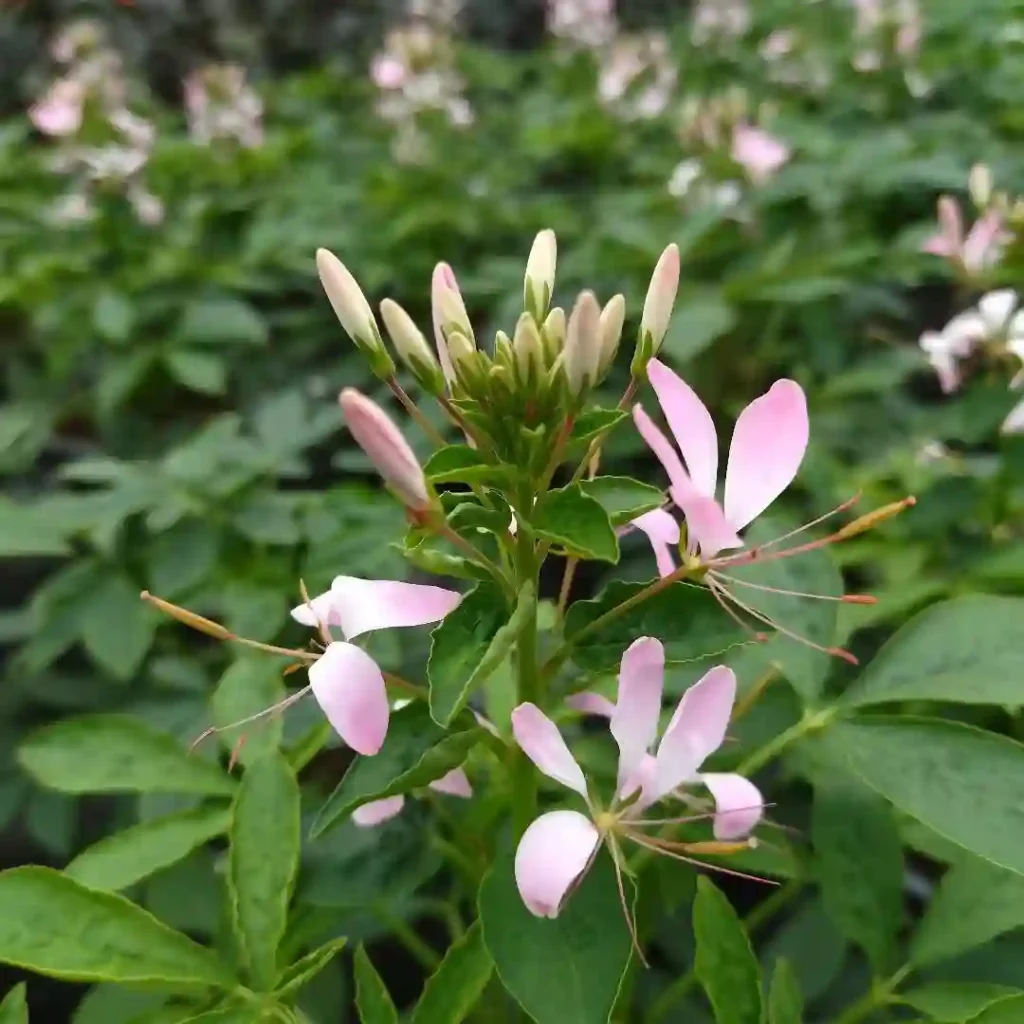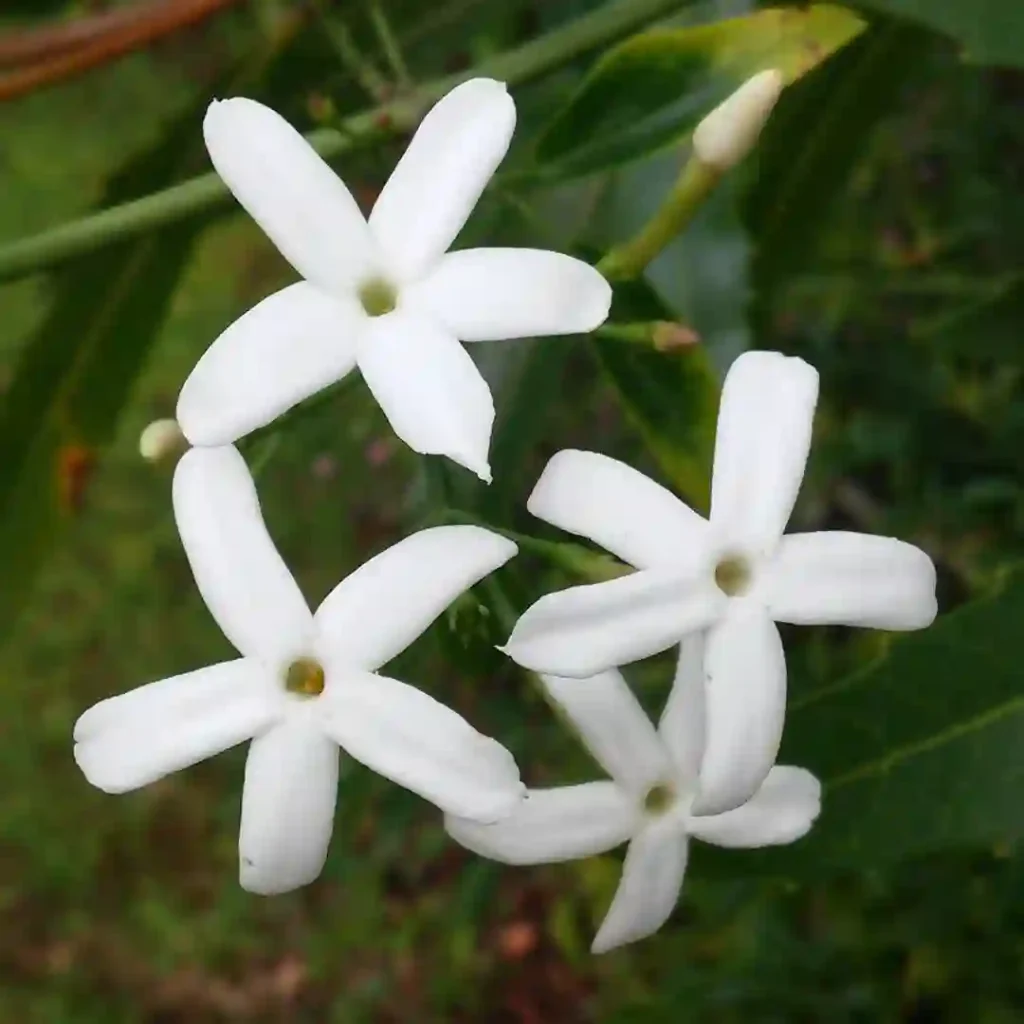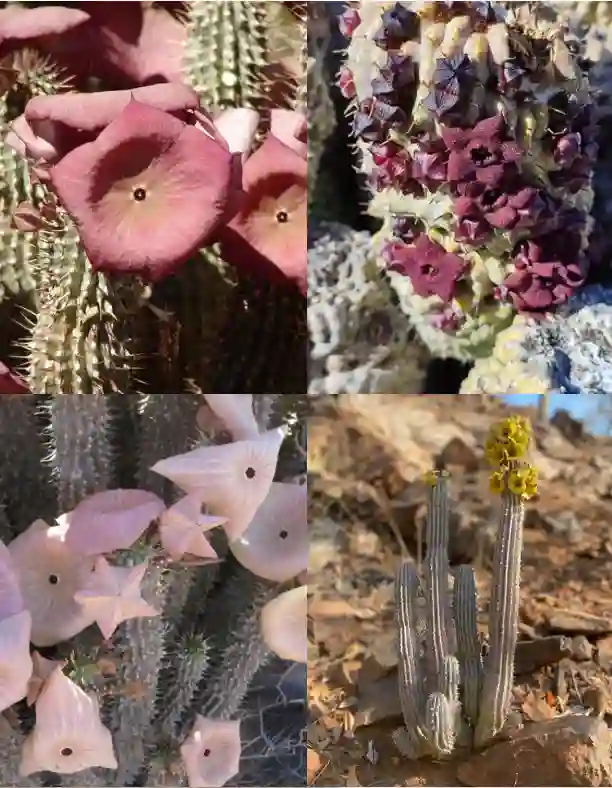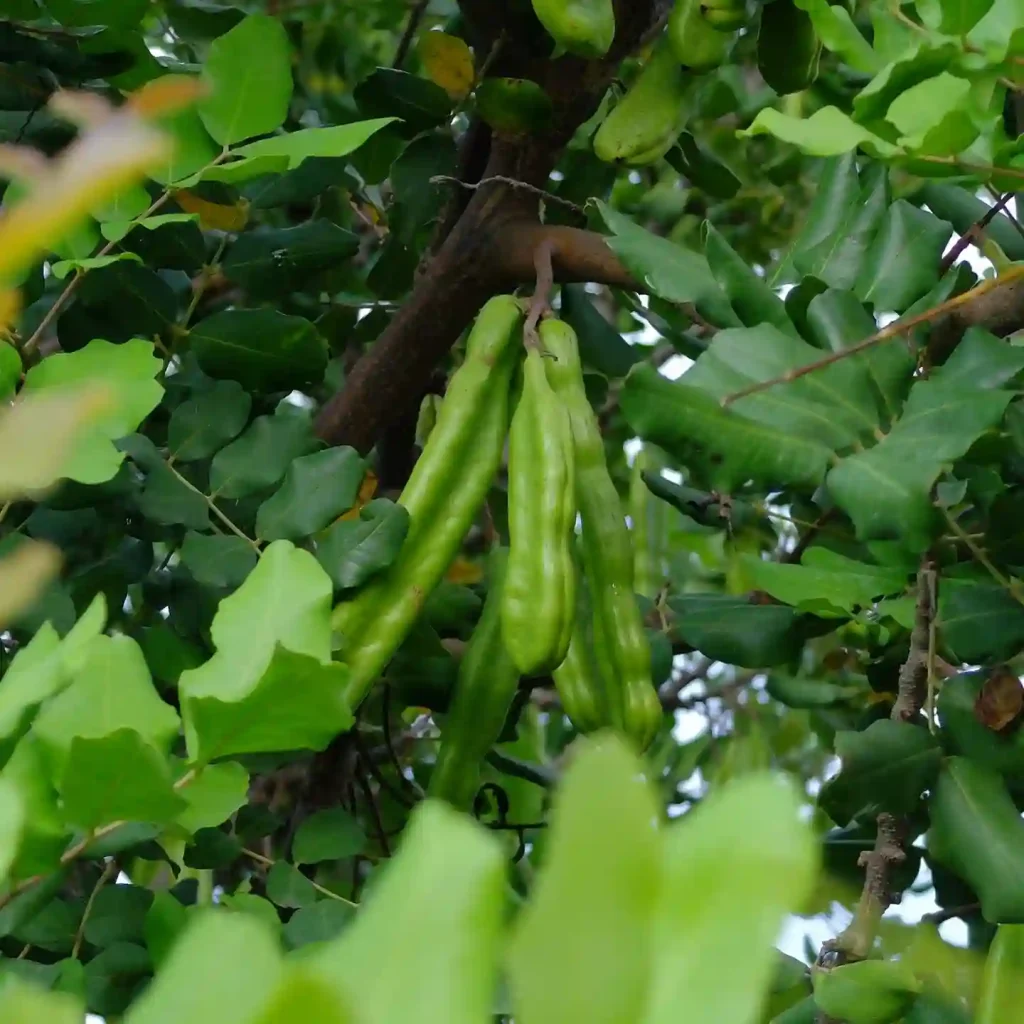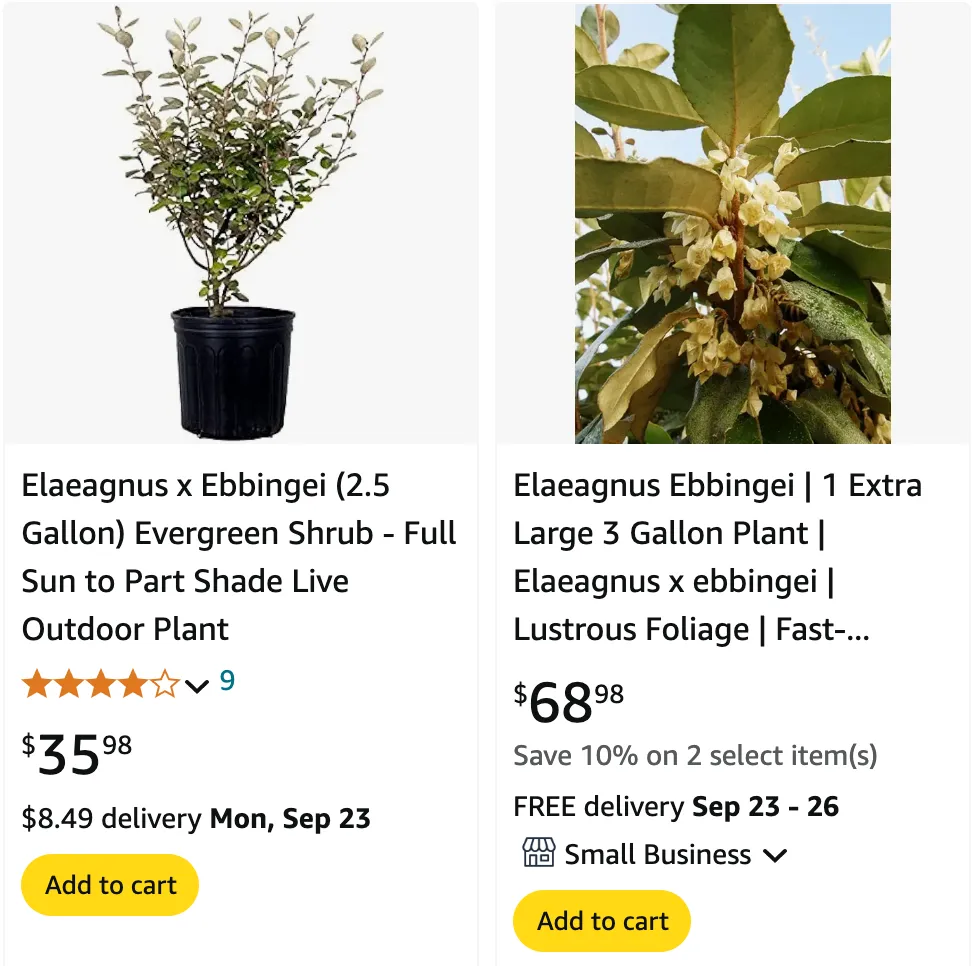
FAQs About Elaeagnus Ebbingei: Everything You Need to Know
Elaeagnus Ebbingei is one of those plants that I find incredibly versatile and resilient. If you’re looking for a plant that provides dense coverage, blooms with fragrant flowers, and has multiple benefits, then this one is definitely worth considering. Let me walk you through some frequently asked questions about this plant based on my personal experience.
96 Species in Genus Elaeagnus
What Is Elaeagnus Ebbingei?
Elaeagnus Ebbingei is an evergreen shrub that originates from Asia. It’s a hybrid plant known for its rapid growth, silvery foliage, and dense form, making it a perfect hedge or windbreak. One of the things I appreciate about it is its ability to thrive in various soil types and weather conditions. It can handle salty, coastal winds as well as dry spells, making it suitable for many garden environments.
How to Plant Elaeagnus Ebbingei?
When planting Elaeagnus Ebbingei, location is key. I always recommend choosing a spot that gets full sun to partial shade. While the plant is quite tolerant of different conditions, it thrives best with access to at least a few hours of sunlight each day.
- Dig a hole twice as wide and just as deep as the root ball.
- Loosen the soil at the bottom and mix in compost if the soil is poor.
- Place the plant in the hole, making sure the root crown is level with the soil surface.
- Backfill the hole, firming the soil gently around the roots to eliminate air pockets.
- Water thoroughly after planting to help establish the roots.
Elaeagnus Ebbingei doesn’t need overly rich soil but it benefits from well-draining soil. I’ve planted mine in loamy and sandy soils, and it adapted well to both.
When to Prune Elaeagnus Ebbingei?
One of the advantages of Elaeagnus Ebbingei is how manageable it is when it comes to pruning. I usually prune mine in late spring or early summer after it finishes blooming. However, it can be pruned any time of year if needed for shaping or size control.
Regular pruning helps keep its dense growth under control, and you can also trim to encourage more vigorous growth. I always remove any dead or damaged branches whenever I spot them, no matter the season.
Does Elaeagnus Ebbingei Have Thorns?
This is one of the most common questions I get. Unlike some other Elaeagnus species, Elaeagnus Ebbingei does not have thorns. This makes it a great option if you want a low-maintenance, user-friendly shrub without worrying about getting pricked when pruning or planting it in high-traffic areas.
How to Propagate Elaeagnus Ebbingei?
Propagating Elaeagnus Ebbingei is straightforward, and I’ve had success using both cuttings and seeds. However, I find that semi-hardwood cuttings taken in late summer or early fall root more reliably than seeds.
- Take a cutting that is about 6 to 8 inches long from a healthy branch.
- Remove the lower leaves and dip the cut end in rooting hormone.
- Plant the cutting in a pot filled with a mixture of sand and compost.
- Keep the soil moist and place the pot in a bright, sheltered spot out of direct sunlight.
After a few weeks, roots should begin to form. Once well-rooted, I transplant the cutting into the garden or a larger pot.
How to Care for Elaeagnus Ebbingei?
Caring for Elaeagnus Ebbingei is relatively easy. It’s a low-maintenance plant that doesn’t require much fuss.
- Watering: While it’s drought-tolerant once established, regular watering helps new plants thrive. I water mine deeply about once a week during dry spells.
- Feeding: I apply a balanced, slow-release fertilizer once in the spring. That seems to be enough to keep it healthy throughout the year.
- Mulching: Applying a layer of mulch helps retain moisture and control weeds around the plant’s base.
Can You Grow Elaeagnus Ebbingei Indoors?
While I love having this plant outdoors, Elaeagnus Ebbingei is not ideal for indoor growth. It’s a large, vigorous shrub that needs room to spread and full sunlight to maintain its dense, lush foliage. It’s much better suited for gardens or large outdoor containers.
Is Elaeagnus Ebbingei Toxic?
From my research and experience, Elaeagnus Ebbingei is not toxic to humans or pets. This makes it a safe choice if you have curious animals or children who might interact with the plants.
What to Plant with Elaeagnus Ebbingei?
Elaeagnus Ebbingei pairs well with a variety of plants due to its silvery leaves and dense growth. I’ve planted mine alongside other evergreen shrubs like Lavender, Rosemary, and Escallonia, which complement its texture and height. It also looks great next to ornamental grasses that provide contrast in form and color.
Where Can I Buy Elaeagnus Ebbingei?
I’ve found that many nurseries carry Elaeagnus Ebbingei, especially those that focus on shrubs and hedging plants. You can also buy it online from reputable plant sellers. I prefer buying in person whenever possible, so I can choose healthy specimens, but online options are convenient if you know what to look for.
Benefits of Elaeagnus Ebbingei
What I appreciate most about Elaeagnus Ebbingei is its versatility. It’s perfect for hedging, screens, or windbreaks, and can also provide habitat for wildlife. The fragrant flowers in autumn are a pleasant bonus, and its silvery foliage adds an attractive touch to any landscape year-round.
Common Problems with Elaeagnus Ebbingei
Like any plant, Elaeagnus Ebbingei can face issues like leaf spots or root rot if it’s grown in poorly draining soil. I’ve noticed that it’s generally pest-resistant, though I occasionally spot aphids or scale insects. A blast of water or an organic insecticide usually does the trick to control minor infestations.
Comparing Elaeagnus Ebbingei with Other Shrubs
Compared to other popular hedging plants like Privet or Photinia, Elaeagnus Ebbingei offers more resilience in tough conditions. It’s more drought-tolerant and thrives in poor soils, making it a hardier option for low-maintenance gardens.
In summary, Elaeagnus Ebbingei is one of my go-to shrubs for its beauty, resilience, and practicality. Whether you’re a novice or an experienced gardener, it’s a fantastic plant that can enhance any garden space.
If i die, water my plants!
